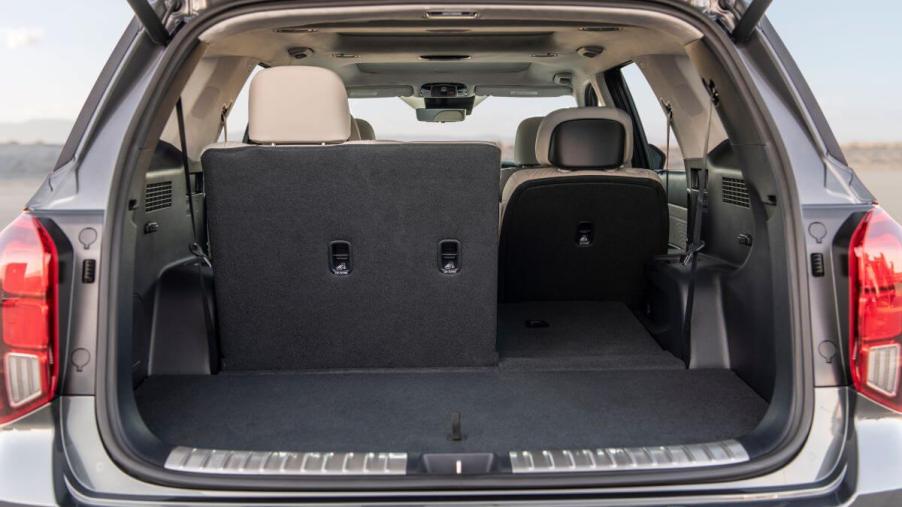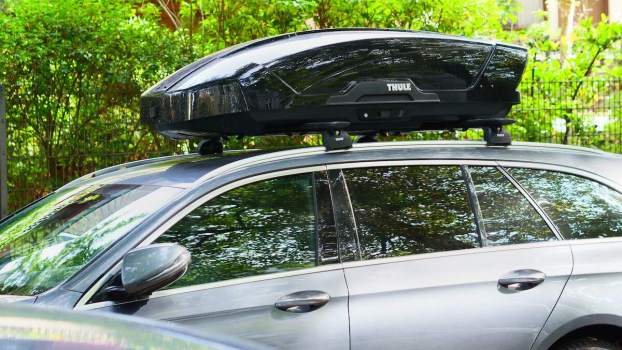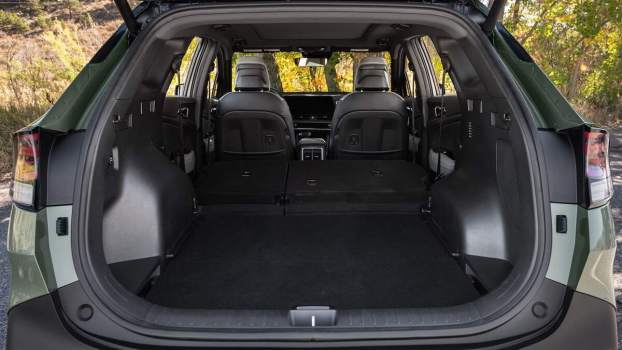
Do You Call the Back of an SUV the Cargo Space or Trunk?
When it comes to cars, certain terms are universal, like the “steering wheel” or “gas pedal.” However, what about that storage space in the back? We all know it as the “trunk” when it’s in a sedan. Yet, when it comes to SUVs and crossovers, things get a bit more interesting. Is it still a trunk, or do we call it something else entirely?
Cargo space vs. trunk: The SUV conundrum
So, here’s the scoop: most automotive websites and even the automakers are not keen on calling the storage area at the back of an SUV a “trunk.” Instead, they prefer more neutral terms like “cargo space” or “cargo area.” The question is, why the distinction?
The cargo area of an SUV is a far cry from the trunk of a sedan. While a sedan’s trunk is a separate, enclosed compartment, an SUV’s cargo area typically merges with the rest of the interior. According to SUVcult, it’s a part of the same cabin, separated by a liftgate, and often offers more flexibility regarding seating and storage configurations.
The liftgate: The heart of an SUV’s cargo space
If “trunk” isn’t the right word, then what is? The correct term for the back of an SUV is the “liftgate.” This hinged door or hatch provides access to the cargo area. Depending on the make and model, the liftgate can be powered and hands-free, making it incredibly convenient for loading and unloading your belongings.
So, while some might use the term “trunk” interchangeably for the cargo area of an SUV, the technical term is “liftgate.” It’s a word that encapsulates the essence of this storage space – it lifts to reveal the treasures within.
The versatile cargo area
While “liftgate” is the official term for the exterior portion that encloses the vehicle, “cargo area” is a more flexible and practical descriptor for the interior. It doesn’t limit the imagination or functionality of the space. In an SUV, this area can be so much more than just a place to stash your suitcases. It can transform into a cozy camper’s den, a sports equipment haven, or even a furry friend’s paradise.
The beauty of an SUV’s cargo area is its adaptability. You can fold down seats, configure storage bins, and even set up a mobile office. So, whether you’re on a road trip, heading to the grocery store, or picking up furniture, your SUV’s cargo area is ready for the challenge.
Beyond the SUV: Other vehicle cargo area names
Now that we’ve explored the SUV’s cargo area, let’s quickly journey through the diverse world of vehicle storage spaces.
Hatches for hatchbacks
Hatchbacks have a unique style, and so does their cargo area. Instead of a liftgate, they typically feature a single, upward-opening hatch, according to KBB. The cargo area in a hatchback is often referred to simply as the “hatch.”
Frunks for electric vehicles
Many EVs, like Teslas, have an extra storage space at the front where a traditional car’s engine would be. This cleverly named storage area is known as the “frunk” – a fusion of “front” and “trunk.”
Pickup truck beds
When it comes to pickups, you won’t hear anyone calling it a trunk or cargo area. It’s simply the “bed.” It’s where you haul lumber, carry camping gear, or maybe even transport your friend’s old couch. However, for extra security and protection from weather, many truck drivers get bed covers, whether a tied-down tarp or an official OEM accessory.





